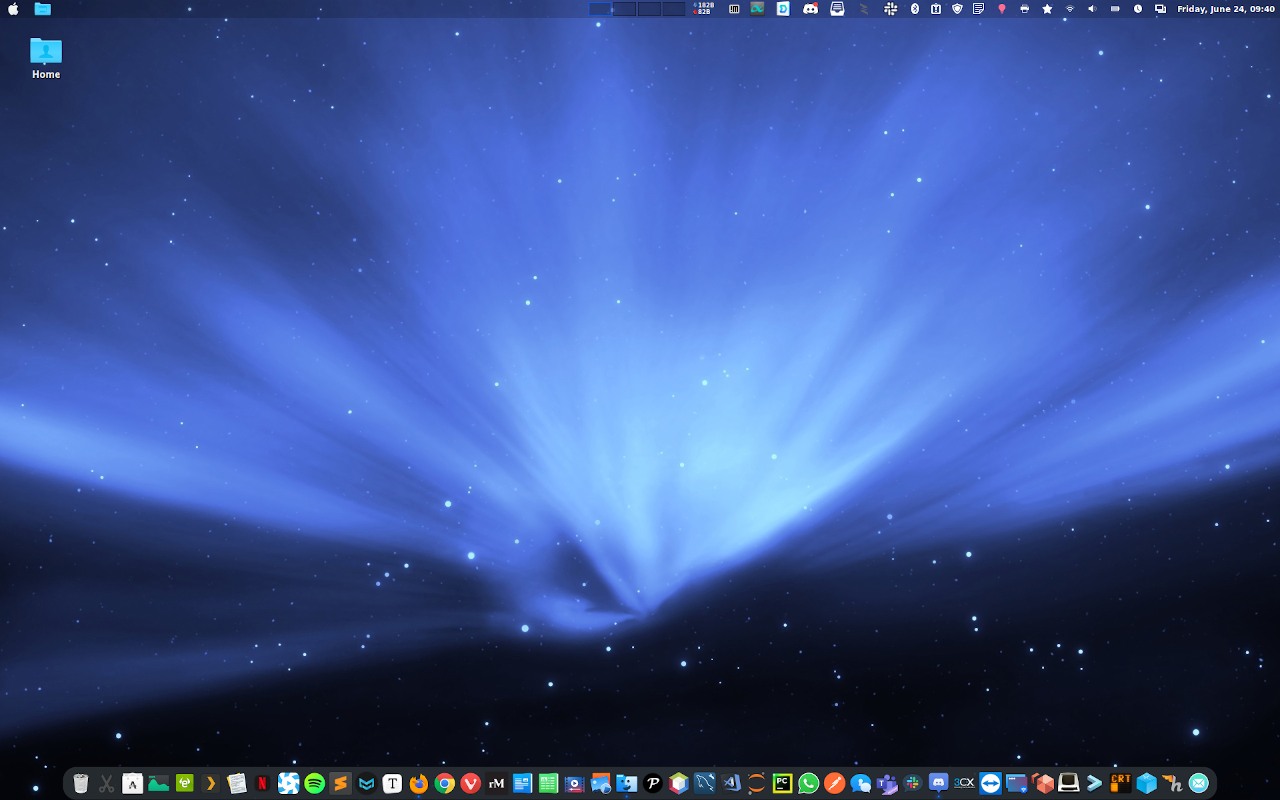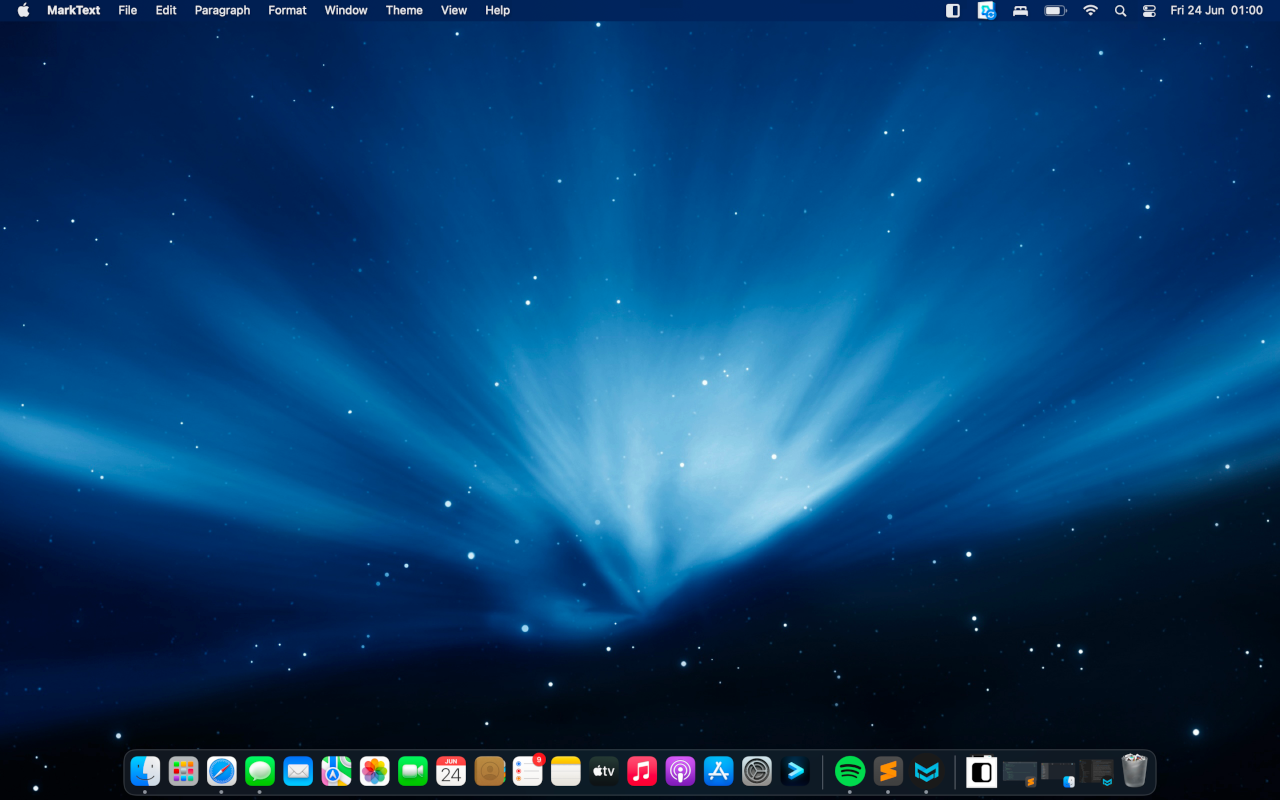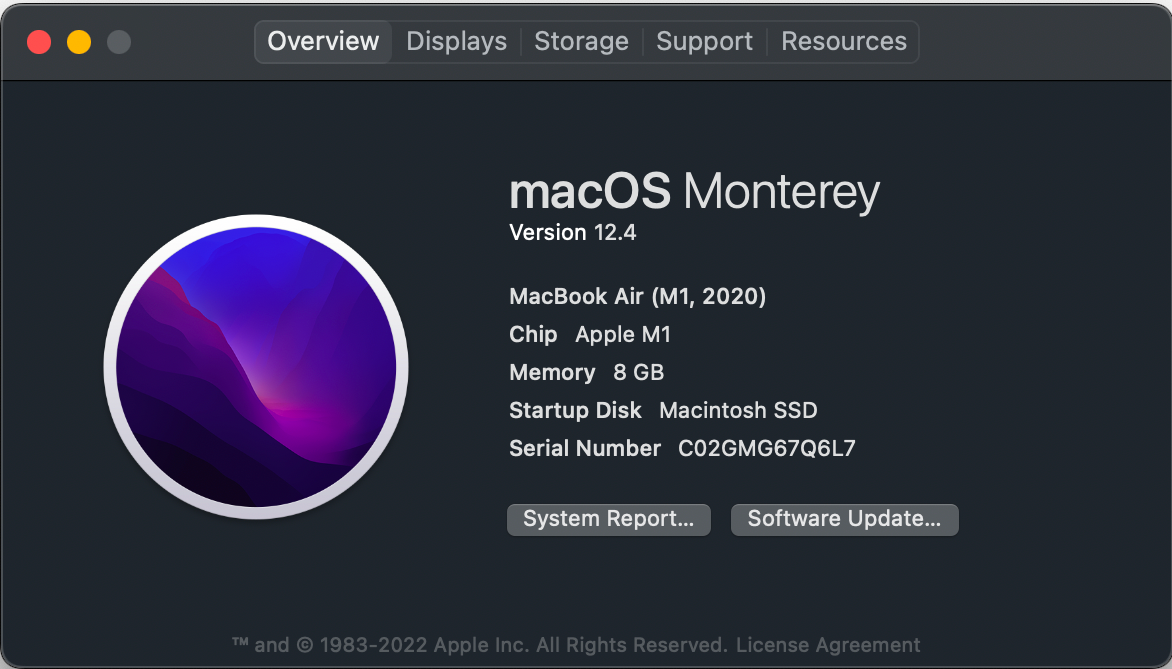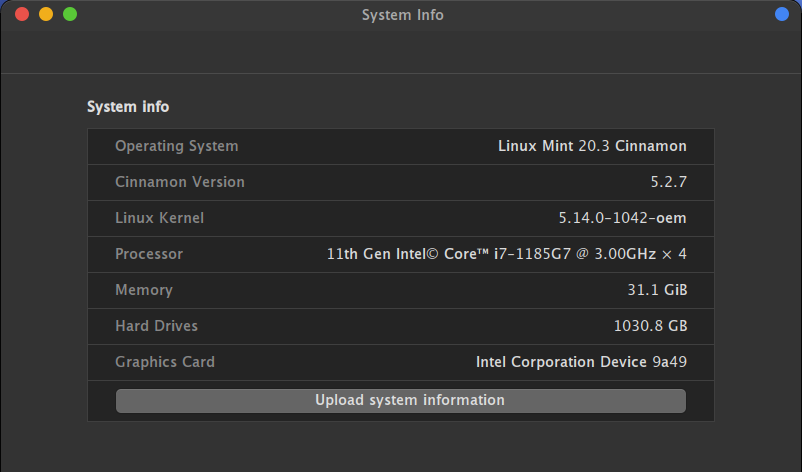Linux Mint vs macOS
Before starting I have to clarify that just to make my own opinion about the differences between Linux and macOS I decided to buy a MacBook Air with the Apple Slicon M1 processor and using it for my daily job as an alternative to my Linux MInt setup. What come below came from my experience on the field.
Linux mint
Linux on desktop improved year after year. It's 14 years I use it on my desktop for my daily job. I worked for years with Microsoft Windows but on the long run WIndows has always experienced problems of stabiliy and performance issues. I had to re-install the system from time to time in order to keep it stable and reliable.
At some point I choose to swtich to Linux and my first choice was Redhat and just after Mandrake (today called Open Mandriva).
At the time Linux was not so user friendly and my first approach with the system was teerrible. I remember I was not able to close vim, every time I used another shell to kill the process :D. Removing a CD from the CD ROM reader required some time before discovering the eject command.
After while I started experiencing some problems tying to keep the system up to date. Sometime you need to install or compile packages which are outside the standrd distro repository and there come the troubles. The package manager used on those distros was based on RPM packages and, at the time, this package manager was not so reliable (ubresolved dependencies, conflicts etc.).
After some researches I decided to give a try to Debian (one of the oldest Linux distros). At the time the latest version was Debian 3.0 Woody (released on 19th of July, 2002). It was based on a different package management system called APT. It solved all my system update problems !!! I never had to re-install the system even after three major release upgrades. Since than I always preferred to use APT based distros, like Ubuntu and Linux MInt.
Linux MInt in particular is my distro of choice for my daily work on my laptops, I had it installed on my old Lenovo T-420 for 8 years and I never had a single problem.
Today I use it on a Lenvo X1 Carbon and it works like a charm. It's very rare that I have to start a VM with Windows to use some tools from Microsoft Office or Adobe but this led me to think if there's a system which allows me to keep all the benefits of Linux for my daily job and supports the same apps I need, sometime, to use on WIndows.
The answer is clear, macOS.
Apple and macOS
MacOS is based on Darwin which is derived from BSD and NeXTSTEP, both *nix andPOSIX compliant systems and it is supported by many commercial vendors like Adobe and Microsoft.
This makes macOS the perfect operating system based on Unix with a widely commercial support from software vendors, but how it compares to LInux Mint ?
On the daily usage, with exception for the episodes where I need to open Microsoft Office or Adobe apps, there's absolutely no difference. What I do from the Linux shell I can do from the macOS terminal also.
The desktop environment has slightly different logics. Linux uses Cinnamon as desktop envirnment which has a very good suport for workspaces and a good exposè like functionality. MacOS has a different approach, you can have multiple desktops and apps, when maximized, became a new separated desktop and you can switch between them with a shortcut or a trackpad gesture, and it's all very easy and intuitive.
Trackpad gestures can be configured in Linux Mint also and I configured them to be as much as similar to macOS so to minimize the impact when I swtich back and fort between the two systems.
UI customization
When it comes to UI customization Linux Mint with Cinnamon is the hands down winner but macOS has a more coherent user experience accross applications.
If you customize the Cinnamon desktop environment to be like macOS, as I've done, the effect is very impressive. Check the images below:
Linux Mint with Cinnamon

Below the macOS desktop:
macOS Monterey

Make macOS UI looking as the Linux Mint Cinnamon default look & feel is impossible.
Performance
It's difficult to compare two so different setups. The Lenovo X1 Carbon is one of the Lenovo flasgship models instead the MacBook Air iso ne of the Apple entry level models.
Below the specs of the Apple MacBook Air:

Here the specs of the Lenovo X1 Carbon:

Both machines work smoothly for my daily tasks but there's a noticeable different in the speed Linux opens apps, it is blazing faster compared to the MacBook Air.
The CPU architecture it's different since the MAcBook Air uses the new Apple Silicon M1 which is a processor based on the ARM architecture instead the X1 Carbon is based on a more tradition Intel I7 processor. Basically the first one is a RISC processor and the second is CISC processor.
It's the second time Apple changes the architecture behind their Mac computers. The first time was in the year 2006 when it transitioned from PowerPC to Intel processors.
At the time the Mac market share was not enough to justify investments in the PowerPC technology and Intel processor were improving faster than PowerPC.
After 14 years in the 2020 Apple changed again and it moved from Intel processors to its own processors based on ARM instruction set.
THis move allow Apple to have a better integration between hardware and software, the result is that the battery life of the new MacBooks based on the Apple Silicon processor increased drastically compared to Intel based models.
In terms of performance you can find thousands of benchmark of the Apple M1 processore vs Intel I7 and other models. Apple Silicon processing power is very impressive compared to power consumption but for the moment Intel models are still faster but is this different so huge ?
I installed Gimp on borth Linux and Mac and I noticed that on Linux it opens instantly instead on the MacBook it tooks 3/4 seconds. Is it this the performance gap between Intel and Apple Silicon ?
The truth is that Apple Silicon has very few applications written for ARM natively and the Gimp version installed is for Intel architecture.
MacOS runs x86 apps on its ARM processor using a dynamic binary translator called Rosetta created by Apple in the 2006 at the time of the first processor transition.
This detail reveals that the Apple SIlicon processor are technically superior to Intels. They are comparable despite the fact thet run code which is not native and consumes less resources moreover the production process of the Apple Silicon processors is 5nm, Intel is still at 10nm. A good comparison of the M1 and the Intel I7 1185G7 can be found here: Apple M1 vs Intel Core i7-1185G7 - Benchmark, comparison and differences
With that said, the Apple Silicon processors are very promising, they recently released the M2 serie but for my daily job, coding, training ML models the X1 Carbon is incredibly faster compared to the MacBook PRO.
In terms of operating system the differences between the two systems goes more in depth, for example the directory structure of a standard Linux system is very different from macOS but in general both a *nix systems so you know Linux and BSD you will be not lost using macOS.
I think I'll continue to work with both systems just to keep me up to date and learn more about macOS.